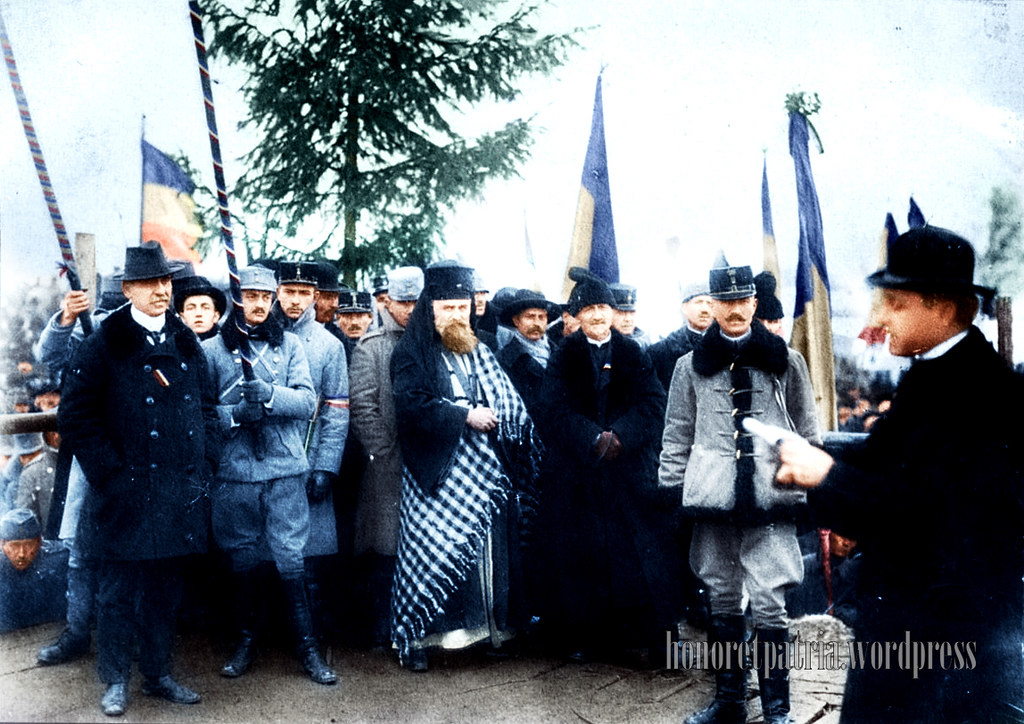 |  |  |
| Romanian Army in the Second World War · Forum Guidelines |
 Help Help
 Search Search
 Members Members
 Calendar Calendar
|
| Welcome Guest ( Log In | Register ) | Resend Validation Email |
   |
| ionionescu |
Posted: December 01, 2015 01:31 pm
|
|
Plutonier major Group: Members Posts: 345 Member No.: 2794 Joined: April 26, 2010 |
 December 1st, 1918, Alba Iulia by honoretpatria.wordpress, on Flickr December 1st, 1918, Alba Iulia by honoretpatria.wordpress, on FlickrOn December 1, 1918 (November 18 Old Style), the National Assembly of Romanians of Transylvania and Hungary, consisting of 1,228 elected representatives of the Romanians in Transylvania, Banat, Crişana and Maramureş, convened in Alba Iulia and decreed (by unanimous vote) “ the unification of those Romanians and of all the territories inhabited by them with Romania. ” The Resolution[2] voted by the National Assembly stipulated also the "fundamental principles for the foundation of the new Romanian State". It was conditional, and demanded the preservation of a democratic local autonomy, the equality of all nationalities and religions. The Assembly also formed from 200 of its members, plus 50 co-opted members a High National Romanian Council of Transylvania, the new permanent parliament of Transylvania. The next day, on December 2, 1918, the High National Romanian Council of Transylvania formed a government under the name of Directory Council of Transylvania (Consiliul Dirigent al Transilvaniei), headed by Iuliu Maniu. On December 11, 1918, King Ferdinand signed the Law[3] regarding the Union of Transylvania, Banat, Crişana, the Satmar and Maramureş with the Old Kingdom of Romania, decreeing that “ The lands named in the resolution of the Alba-Iulia National Assembly of the 18th of November 1918 are and remain forever united with the Kingdom of Romania. en.wikipedia.org/wiki/Great_Union_Day |
1 User(s) are reading this topic (1 Guests and 0 Anonymous Users)
0 Members:
 |
   |
[ Script Execution time: 0.0064 ] [ 14 queries used ] [ GZIP Enabled ]
Powered by Invision Power Board(U) v1.3.1 Final © 2003 IPS, Inc.





